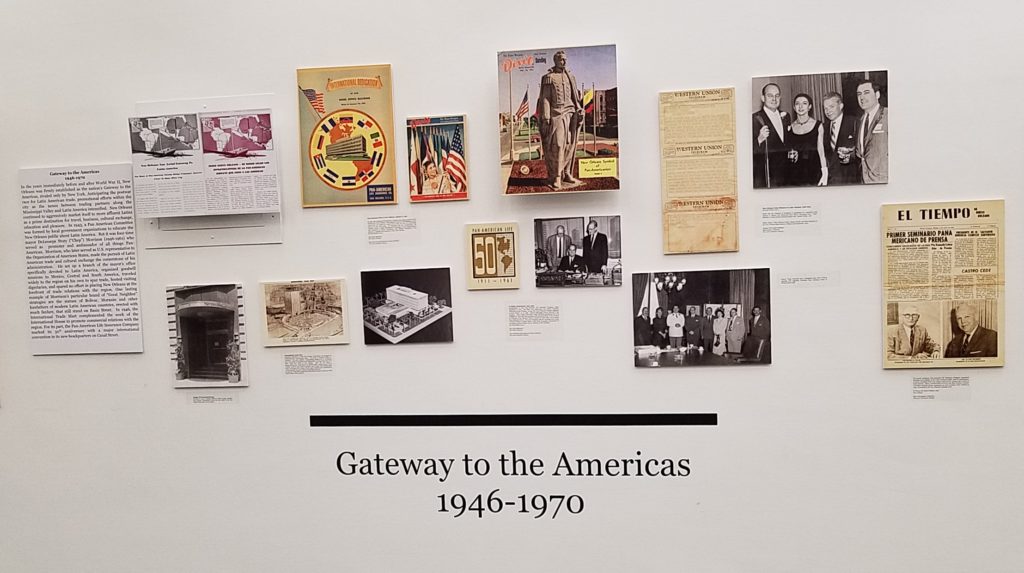In the years immediately before and after World War II, New Orleans was firmly established as the nation’s Gateway to the Americas, rivaled only by New York. Anticipating the postwar race for Latin American trade, promotional efforts within the city as the nexus between trading partners along the Mississippi Valley and Latin America intensified. New Orleans continued to aggressively market itself to more affluent Latins as a prime destination for travel, business, cultural exchange, education and pleasure. In 1943, a Pan American Committee was formed by local government organizations to educate the New Orleans public about Latin America. But it was four-time mayor DeLesseps Story (“Chep”) Morrison (1946-1961) who served as promoter and ambassador of all things Pan-American. Morrison, who later served as U.S. representative to the Organization of American States, made the pursuit of Latin American trade and cultural exchange the cornerstone of his administration. He set up a branch of the mayor’s office specifically devoted to Latin America, organized goodwill missions to Mexico, Central and South America, traveled widely to the region on his own to spur trade, hosted visiting dignitaries, and spared no effort in placing New Orleans at the forefront of trade relations with the region. One lasting example of Morrison’s particular brand of “Good Neighbor” strategies are the statues of Bolívar, Morazán and other forefathers of modern Latin American countries, erected with much fanfare, that still stand on Basin Street. In 1946, the International Trade Mart complemented the work of the International House to promote commercial relations with the region. For its part, the Pan-American Life Insurance Company marked its 50th anniversary with a major international convention in its new headquarters on Canal Street.
The gallery of images available above right provides a visual narrative of these events taking place between 1946 and 1970.

Physical exhibit at The Latin American Library.